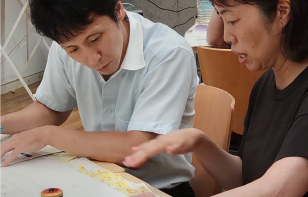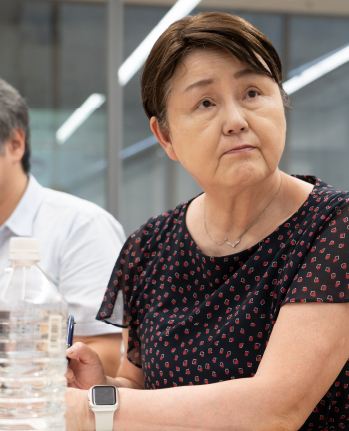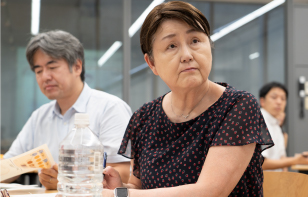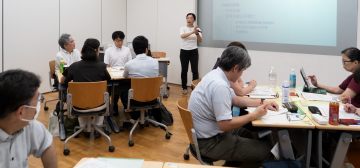Implementation
Implementation
Teaching portfolios are an effective method for improving education and evaluating educational performance. However, if they are implemented incorrectly, they will not be effective. In fact, they may even become a new ‘burden’ for educators. Here are some tips for successful implementation.


First Steps in Implementation
TP, TP charts and TS are different in terms of ease of implementation.
First, clarify what you are implementing the tool for. In essence, one must determine whether the objective is to enhance teaching or evaluate teaching performance, or pursue both simultaneously.
Next, it is essential to ascertain the intended target, the timeline for its implementation, and the extent to which it will be made public.
To illustrate, if the objective is to all educators with the aim of improving teaching, TP chart would be an appropriate choice as it can be implemented for a large number of individuals in one time.
TP allows for deeper reflection and is a valid evaluation document for legitimate teaching performance. However, due to the high burden of development, it is recommended that an opportunity be developed to create a TP chart with the aim of making the participants realise the value of TP, rather than implementing TP out of the blue.
The implementation of TP and TS development to institutions, requires two things: an organisational decision and the presence of someone in leadership (Kurita, 2013).
Should you require further assistance with the implementation, we are available to discuss the matter with you. Please use the contact form to initiate this discussion.
For more detailed information on how to prepare and operate the system, please refer to the Teaching Portfolio Study Group at Osaka Prefecture University College of Technology (2011)(Written in Japanese)for TP, and Kurita and Yoshida (2021) (Written in Japanese) for TP chart.
References
・Kurita, K. (2013)
Structured strategy for implementation of the teaching portfolio concept in Japan, International Journal for Academic
・Osaka Prefecture University College of Technology Teaching Portfolio Study Group (ed.) (2011)
Practical Teaching Portfolio Starter Book, NTS Publications. (In Japanese) ISBN-13 : 978-4860433901
・Kurita, Kayoko and Lui Yoshida (2021)


Good Practices
The following is a list of organisations that have already implemented TPs and TSs and have published reference materials on their implementation and operation. We are always looking for more organisations to be listed, so please contact us.
Osaka Public University College of Technology
(http://www2-tp.ct.osakafu-u.ac.jp/)
Saga University
(https://www.oge.saga-u.ac.jp/portfolios.html)
Hokkaido University of Science
(https://www.hus.ac.jp/news/detail/8a2f9858ce66010d7fff7abf03019cd1bea0f561-16369/)
Tokyo Metropolitan University
(https://www.tcu.ac.jp/guidance/efforts/effort_5/%E6%9D%B1%E4%BA%AC%E9%83%BD%E5%B8%82%E5%A4%A7%E5%AD%A6%E3%80%80%E3%83%86%E3%82%A3) %E3%83%BC%E3%83%81%E3%83%B3%E3%82%B0%E3%83%BB%E3%83%9D%E3%83%BC%E3%83%88%E3%83%95%E3%82%A9%E3%83%AA%E3%82%AA%EF%BC%88tp/)




Tips for Implementation
It is recommended that the following points be considered when implementing Teaching Portfolios as a method for improving teaching and evaluating teaching performance. However, if it is implemented incorrectly, it will not be effective. Conversely, it may even become a new source of stress for educators. The following are some “Tips for Successful Implementation” based on Seldin(2007, pp. 22,27).
・The primary objective of the portfolio development programme is to ensure that it is perceived as a faculty-owned initiative.
・The primary objective of the portfolio programme is to enhance the quality of teaching.
・The primary objective of the portfolio programme is to enhance the quality of teaching.
・It is important to allow for individual differences.
・It is imperative that teachers’ initiative is respected, rather than forced.
・The active support and endorsement of the senior management of the university’s teaching administrators is also essential.
・It is recommended that sufficient time be allowed for acceptance and implementation, which should be at least one or two years.
・It is advisable to commence with a modest scale.
・It is recommended that the most respected faculty members at the university be involved from the outset.
